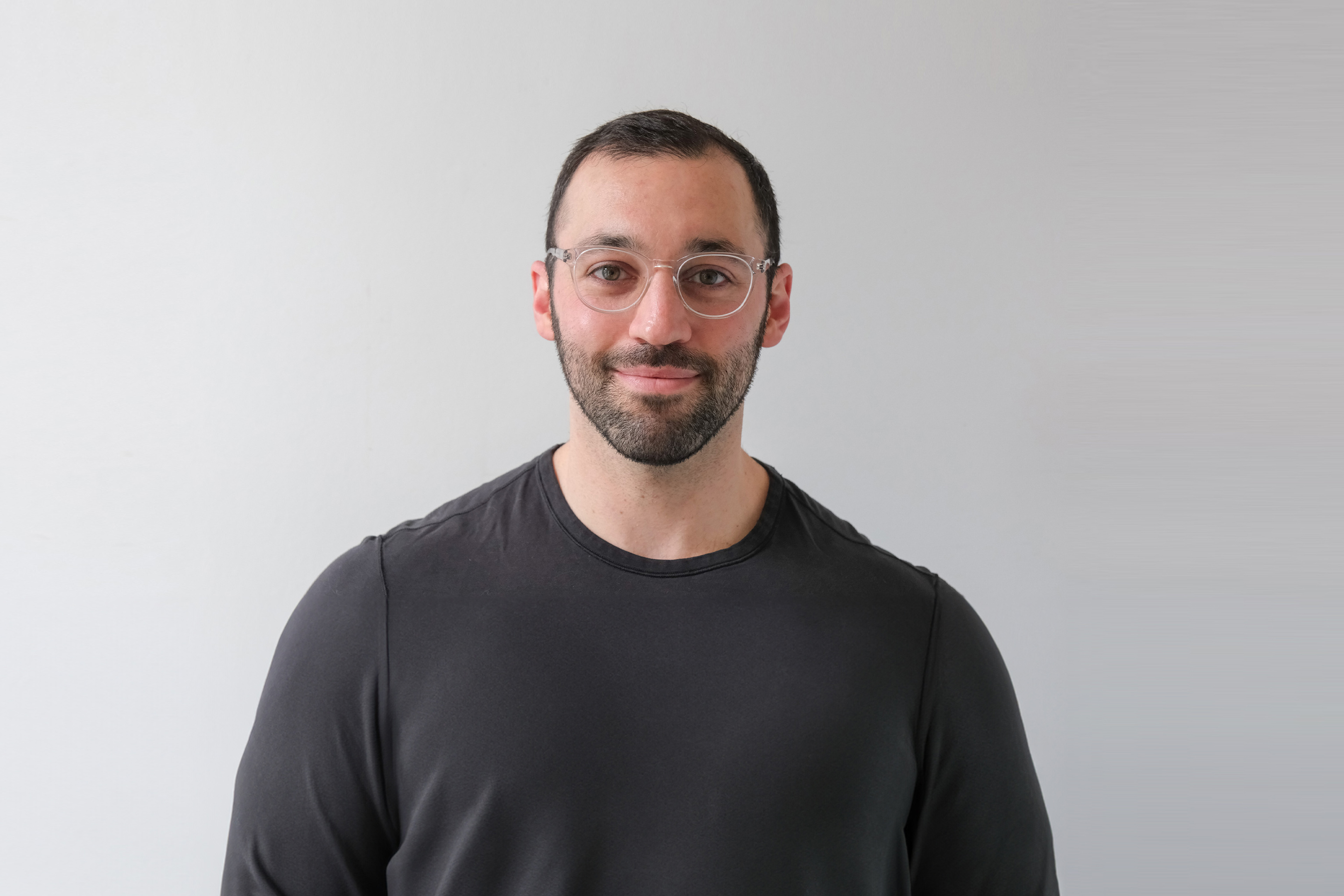EY refers to the global organization, and may refer to one or more, of the member firms of Ernst & Young Global Limited, each of which is a separate legal entity. Ernst & Young Global Limited, a UK company limited by guarantee, does not provide services to clients.
Driving transparency in the US syndicated loan market
Versana’s digital platform addresses syndicated loan market operational and technological inefficiencies in post-origination information.
The better the question
How can digital access to data spur operational efficiencies?
A consortium of leading banks envisioned a digital post-origination information sharing platform for syndicated loans to bring market transparency and efficiency.
The global syndicated loan market, with a value of US$6t¹ consisting of dozens of agent banks and thousands of lenders that provide liquidity to borrowers across all industries², has not undergone any meaningful digital transformation, leaving it constrained by manual processes, fragmented technology and a complex vendor ecosystem. This often results in poor data quality, much frustration among participants, significant additional costs, and numerous operational challenges and inefficiencies.
To address these challenges and seize the opportunity to transform the corporate loan market to drive efficiency and scalability, a consortium of global banks envisioned creating a post-origination information-sharing platform for syndicated loans that digitally captures agent banks’ deal data in near-real-time, providing increased transparency and efficiency to the market while laying the foundation for future market innovation, collaboration and growth.
But bringing this transformative platform to the market would be no simple matter. So, the consortium engaged Ernst & Young LLP (EY US) practitioners to help make its vision of an interconnected and transparent syndicated loan market a reality.
When the four founding banks proposed the creation of a digital platform that would transform the industry, their vision was to build a completely new foundation from the ground up. A transformation of this complexity would require sophisticated technological capabilities and the prowess to not only visualize, but design, implement and run at scale. EY practitioners were selected to assist Versana in building the platform based on a history of success in providing strategic solutions and services to several consortium members, as well as its end-to-end design and build capabilities, pre-existing assets and an extended technology ecosystem, including its alliance with Microsoft, and past work with Digital Asset.
“Versana engaged us to assist them to define the art of the possible and manage a complex end-to-end implementation with the initial participants,” stated Scott M. Becchi, EY Global Wealth & Asset Management Technology Consulting Lead, Ernst & Young LLP.
The better the answer
A platform for near-real-time post-origination loan data becomes reality
EY teams assisted in building Versana’s platform bringing post-origination digital data to the syndicated loan market.
Bringing all capabilities to bear leveraging the EY team’s extensive financial services experience in cyber, risk and regulatory matters, EY practitioners supported the project by managing integrated teams comprising strategy consultants and product owners, designers, analysts, architects, developers and testers. EY teams utilized various leading-edge technologies to handle highly complex security and compliance requirements (critical for financial services companies).
The initial phase of work was rooted in both a design-thinking methodology and application programming interface (API) first approach. As such, the EY team used a human-centered approach to re-engineer the experience architecture of the post-origination syndicated loan information-sharing process, taking time to understand the motivations and needs of many different user types to inform and create pointed, actionable customer journeys. The EY team also understood that an API-first approach would allow for frictionless integrations with other platforms to help fulfill a digital transformation by facilitating seamless access to post-origination data.
For the next phases of the project, the team worked with the founding bank consortium to design the technology architecture. To accelerate development, the initial architecture leveraged EY Nexus, a business transformation platform for financial services that leverages a versatile cloud-ready framework with ready-to-use building blocks and real-time intelligence. Microsoft Azure was selected as the cloud platform, helping to enable a scalable cloud architecture to facilitate faster time to value. Azure’s natively secure services also decreased operational overhead through the minimization of managed components and automated deployment and scaling. Digital Asset was selected for its distributed ledger smart contract technology, Daml, to be integrated into Azure to support workflows and execute business logic and entitlements.
A project of this size and complexity combined with the challenge of designing a solution that would satisfy stakeholders, who are among the largest financial institutions in the world, required the team to use a deft hand to bring all the parties to agreement. As such, EY practitioners incorporated feedback gathered from multiple stakeholder groups and user types throughout the process, so that the platform was developed in alignment with their collective overall strategy.
Designing from the ground up provided an opportunity to implement a zero-trust methodology to address security, which was paramount from both a data permissioning and infrastructure perspective, with Microsoft recommending certain technologies.
And lastly, in providing support for a seamless rollout, EY teams conducted reliability testing by simulating different attacks to enable resiliency and rapid recovery.
The better the world works
A key innovative technology supporting syndicated loans this decade
A near-real-time solution centralizing post-origination corporate loan data sourced from administrative agent banks’ loan servicing systems.
With a solid understanding of the business problem and solution needed, the EY team was able to design and test the user interface with real users and marry it with the technology architecture to iteratively develop the platform over a period of 15 months. The team of engineers, architects, quality assurance testers and product managers worked closely with Versana and its four stakeholders and utilized the Agile methodology for development, breaking down business requirements into user stories and delivering a testable version of the platform every two weeks.
The platform was launched by Versana in December 2022 to deliver the modern foundation that agent banks, lenders and service providers (fund administrators, trustees and custodians) need for near-real-time digital data. Market participants are now able to increase operational efficiencies and reduce costs of legacy analog processes (emails, faxes and phone calls) by referencing Versana’s digital platform, which includes a centralized repository of post-origination corporate loan data.
The Versana platform is expected to:
- Increase self-service capabilities, enhancing the client experience and automating laborious and repetitive manual workflows
- Provide users with digital access to near-real-time post-origination portfolio positions
- Reduce operational risk and increase workflow efficiencies to lower costs
“As powerful as our platform is now, we continue to build every day toward something greater. With reliable centralized corporate loan data and workflow efficiencies across the transaction lifecycle, our clients will be positioned to achieve long-term, scalable growth. It’s a lofty goal, but an achievable one, as evidenced by our growing subscriber base and the extraordinary level of interest across the loan market,” remarked Cynthia Sachs, Founding CEO and Board Member.
“We are thankful for EY's collaboration, dedication and determination to aid our launch of Versana. The team’s multi-faceted expertise and committed work ethic has been integral to the development of our platform,” stated David Kamp, Chief Technology Officer, Versana.
How EY can help
-
Discover how EY's digital transformation teams can help your business evolve quickly to seize opportunities and mitigate risks. Find out more.
Read more -
A transformative solution that accelerates innovation, unlocks value in your ecosystem, and powers frictionless business. Learn more.
Read more -
Discover how EY's technology transformation team can help your business fully align technology to your overall purpose and business objectives.
Read more







